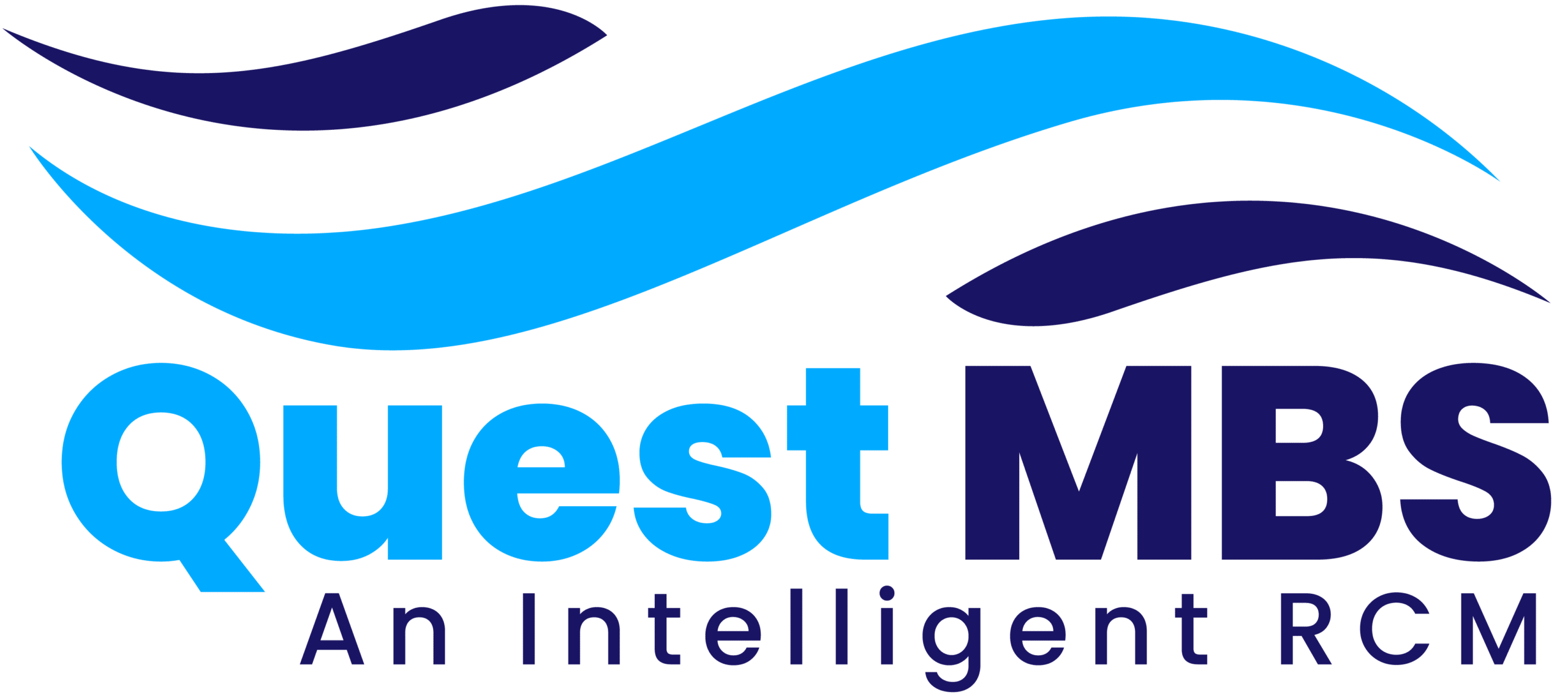Introduction: The Role of Technology in Modern Healthcare Reimbursement
Healthcare reimbursement is undergoing a major transformation driven by advances in technology. As healthcare providers strive to improve efficiency, reduce errors, and optimize revenue, the integration of cutting-edge technologies into the billing process has become essential. From artificial intelligence (AI) to blockchain, modern tools are reshaping how medical billing teams handle claims, manage the revenue cycle, and ensure compliance.
In this article, we explore the latest technology trends in healthcare reimbursement, focusing on how they enhance productivity, accuracy, and financial outcomes for providers, payers, and patients alike.
1. Artificial Intelligence (AI) and Machine Learning (ML)
AI and ML are revolutionizing medical billing and reimbursement by automating repetitive tasks and improving decision-making.
Applications Include:
- Predicting claim denials before submission
- Enhancing medical coding accuracy
- Automating prior authorization workflows
- Identifying billing anomalies and fraud
Keywords: AI in medical billing, predictive analytics, coding automation, revenue optimization
2. Robotic Process Automation (RPA)
RPA tools mimic human actions to complete rule-based tasks such as data entry, eligibility checks, and claims submission.
Benefits:
- Reduced administrative workload
- Faster claims processing
- Lower operational costs
Keywords: RPA in healthcare, automated billing workflows, revenue cycle efficiency, back-office automation
3. Cloud-Based Billing Systems
Cloud computing provides scalability, data security, and seamless access to billing systems from any location. It supports remote work and ensures data continuity during system upgrades or outages.
Key Features:
- Real-time updates and data sharing
- Built-in compliance checks
- Integration with EHRs and practice management software
Keywords: cloud billing software, secure billing platforms, remote medical billing, cloud EHR integration
4. Blockchain for Transparent Reimbursement
Blockchain technology ensures secure, transparent, and tamper-proof data exchange between providers, payers, and patients.
Use Cases:
- Validating provider credentials and claims history
- Streamlining payer-provider communication
- Reducing disputes and fraud
Keywords: blockchain in healthcare, claim transparency, digital ledger, fraud prevention
5. Interoperability and HL7 FHIR Integration
Seamless data exchange between systems is critical for accurate reimbursement. HL7 FHIR (Fast Healthcare Interoperability Resources) is the new standard enabling real-time communication among healthcare systems.
Impact on Reimbursement:
- Accurate patient and provider data
- Faster claim adjudication
- Improved coordination across systems
Keywords: HL7 FHIR, EHR integration, healthcare interoperability, payer-provider communication
6. Real-Time Eligibility and Insurance Verification Tools
Advanced eligibility software provides instant insurance validation, reducing the risk of claim rejections due to coverage issues.
Best Practice:
- Verify coverage before service
- Identify co-pay and deductible details in real-time
Keywords: real-time eligibility checks, insurance verification, payer portal integration, clean claim submission
7. Telehealth Reimbursement Technology
With the continued rise of virtual care, telehealth-specific billing tools ensure accurate reimbursement for remote services.
Features:
- Correct use of CPT and POS codes
- State-specific telehealth billing rules
- Secure video platform integration
Keywords: telehealth billing, virtual visit reimbursement, CPT telehealth codes, remote patient services
8. Electronic Prior Authorization (ePA) Tools
ePA technology accelerates prior authorization by automating requests and integrating directly with payer systems.
Benefits:
- Reduced delays in care delivery
- Fewer claim denials
- Enhanced workflow efficiency
Keywords: electronic prior authorization, ePA solutions, automated insurance approval, payer integration
9. Natural Language Processing (NLP) for Documentation and Coding
NLP converts unstructured clinical notes into structured data that supports accurate coding and documentation.
Applications:
- Auto-coding from physician notes
- Compliance checks
- Documentation improvement
Keywords: NLP in medical billing, automated documentation, EHR data processing, clinical note extraction
10. Patient Portals and Mobile Payment Solutions
Today’s patients demand convenience. Digital payment tools and online portals enhance the billing experience and improve collections.
Key Tools:
- Mobile invoicing and payment apps
- Patient balance alerts
- Digital cost estimates
Keywords: patient payment tools, digital billing experience, healthcare mobile apps, online payment portals
11. Business Intelligence and Advanced Analytics
Analytics platforms provide insights into billing performance, payer trends, and revenue leakage points.
Use Cases:
- Tracking claim acceptance rates
- Identifying denial patterns
- Optimizing billing team productivity
Keywords: billing analytics, healthcare BI tools, denial tracking, revenue KPIs
12. Compliance Monitoring and Auditing Software
Regulatory compliance is more complex than ever. Dedicated software now monitors billing practices against rules from CMS, HIPAA, and the OIG.
Benefits:
- Prevents overcoding/undercoding
- Ensures documentation compliance
- Reduces audit risk
Keywords: healthcare compliance, billing audits, CMS regulations, HIPAA tools
13. Integrated Revenue Cycle Management (RCM) Platforms
All-in-one RCM systems now offer billing, coding, claim submission, denial management, and reporting in one place.
Advantages:
- Fewer errors and delays
- Better communication between departments
- Real-time financial visibility
Keywords: integrated RCM, medical billing platforms, claims lifecycle, end-to-end billing
14. Credentialing and Enrollment Technology
Automated credentialing systems ensure providers are enrolled with payers quickly and accurately, reducing delays in reimbursement.
Features:
- License tracking
- Payer enrollment updates
- CAQH integration
Keywords: provider credentialing tools, enrollment software, payer onboarding, credentialing automation
15. API-Based Data Exchange with Payers
Application Programming Interfaces (APIs) enable real-time data sharing between billing systems and insurance companies.
Impact:
- Faster claim adjudication
- Instant prior authorization and eligibility responses
- Enhanced transparency and efficiency
Keywords: API in medical billing, real-time payer communication, digital claims processing, payer connectivity







